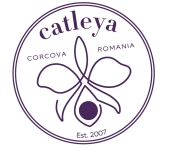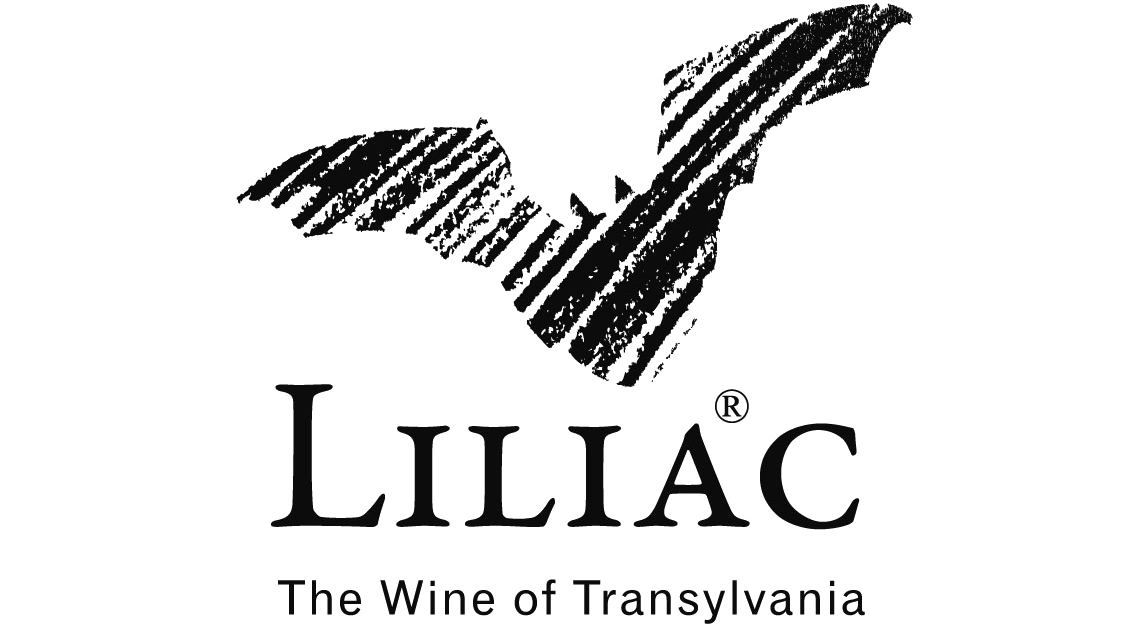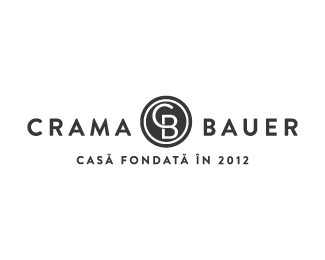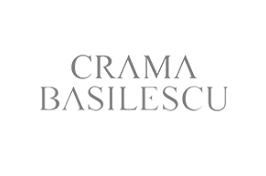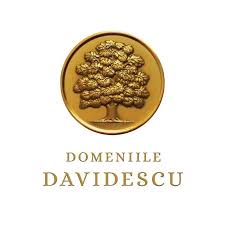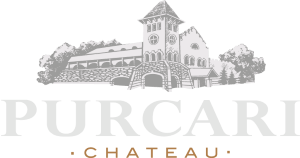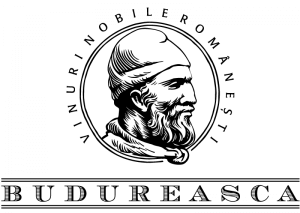
“Wine is bottled poetry” so said the Victorian poet and novelist Robert Louis Stevenson. Wine is many things to many people. It’s a placeholder or a simply hedonistic pleasure.
For the love of wine
We love wine. We love wine culture, and we always love wine in the best company. From tasting evenings dedicated to wines from various renowned wine-growing areas in Romania, to day trips for visiting famous wineries or newly discovered vineyards, there is nothing about wine that you should try at least once.
Romania has one of the oldest wine making traditions in the world, its viticulture dating back more than 6000 years. Due to the hot dry summers, the location proved to be successful and the grape vineyards thrived.
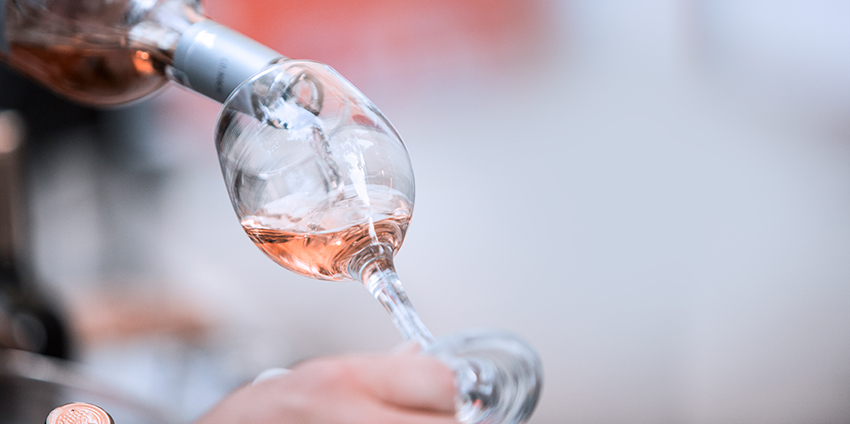
From pages of history
According to a legend, Dionysus, the Thracian god of wine, was born in what is now Romania, and Plato declared its vineyards to be the best in the world. The ancient Greek historian Herodotus, among others, clearly mentioned that the wine was made in the area north of the Danube. Its wines became so famous that in the first century B.C., king Burebista ordered that all the vineyards be destroyed to discourage possible invaders. Of course, his own people were not so easily deterred and soon new vineyards flourished. Wine trading was also flourishing, with large quantities of Greek amphorae discovered around the Carpathians. In the 1st century A.C., the Romans brought better vine cultivation techniques and new grape varieties.
Wine Trails
Romania, with a classic continental climate, epitomized by hot summers and very cold winters, has a very diverse territory. The North-East regions are famous for the aromatic white varieties because of cool misty conditions. The Black Sea coast influences winemaking in the Murfatlar region with varieties such as Chardonnay and Sauvignon Blanc. The Southern regions of Dealu Mare leading down to Oltenia are better for the red varieties with warmer soil conditions, all aspects helping the ripening of the grapes; meanwhile, Transylvania has a very Germanic influence seen in the Rhine varieties.
In the past years, many vineries Romania followed the model of other important vineyards from Europe, and not only, to open up the winery to tourists and to take them deep into de heart of wine-growing regions to introduce them to the local wines, the wine-growers, and the vineyards, but also to the local cuisine cause you cannot have wine without good food, the cultural heritage, and other regional tourist attractions. A visit to a vineyard remains a unique experience that allows guests to combine the discovery of new wines with the exploration of a region!

Best wineries in Romania and Moldova that you can visit right now
Thousands of years ago, in the historic regions that make up today’s Romania, grapevines were growing wild. The Vitis Silvestrii species, for example, was autochthonous in the oak forests, and it was the foundation of the famous Dacian grapevine. Romania is today the 13th largest wine producer worldwide and the 6th largest in Europe. The country is home to more than 250 wine cellars, but only 140 of them produce and sell bottled wine. Wine tasting sessions can be organized at most of the Wineries, with the most important departure cities being Bucharest, Iasi, and Cluj-Napoca.
Lonely Planet Travel guides
From the backpacker ‘bible’ covering the entire continent to unmissable road trips and richly detailed Country guides, Lonely Planet collection of Europe guidebooks is exhaustive – and packed with expert insight.
Travel to Romania: A First-timers Guide
Romania is the home of medieval treasures, great hiking trails, and plenty of other natural and historic wonders. Pasqualina Perone shares her tips on travel to Romania.
Romanian Currency – A Brief Cost Guide
The only currency used is the Romanian leu. Despite being a European country, euros are not accepted anywhere in Romania.
- Set aside approximately 10 – 30 RON per day for attractions.
- On average 50 – 60 RON for a dorm bed, or 120 RON for a room in a modest hotel.
- Between 40 – 80 RON a day for food, depending on your appetite.
If you’re into luxury accommodation and expensive meals, these costs will be higher!
Tipping in Romania
Tipping is expected as Romanian waiters are paid a very low wage, so be sure to also factor this in when drawing up your budget.

Do I need a VISA?
Regardless of your country of origin you need proper and valid passports.
More information can be found here:
http://romaniatourism.com/entry-requirements.html.
For US Citizens:
https://travel.state.gov/content/travel/en/international-travel/International-Travel-Country-Information-Pages/Romania.html.
Looking for luggage storage in Sibiu?
If your room check-in is late or check-out is too early, if you are waiting for your flight or for your room to be cleaned you can leave your luggage with heytourist.ro and enjoy Sibiu.
They offer traveling tips for Sibiu, must see tourist attractions, information about ongoing events and concerts along with free leaflets, brochures and business cards. You can use their free Wi-fi, have a cup of hot tea or water, print your boarding pass or weight your luggage.
5 lei / hour / bag
30 lei / 24h
24/7 video surveillance
Security tags for every bag
- Tuesday – Saturday: 9.00am – 5.30pm
- Sunday, Monday: Closed
If you have any special request outside the opening hours, you can send them an email to info@heytourist.ro and the team will try their best to help you with your enquiry.



* Pricing and availability are subject to change. All itineraries/tours/guides are based on airlines, travel agencies, hotel, tour policies, schedules and operational conditions at the time of booking.



